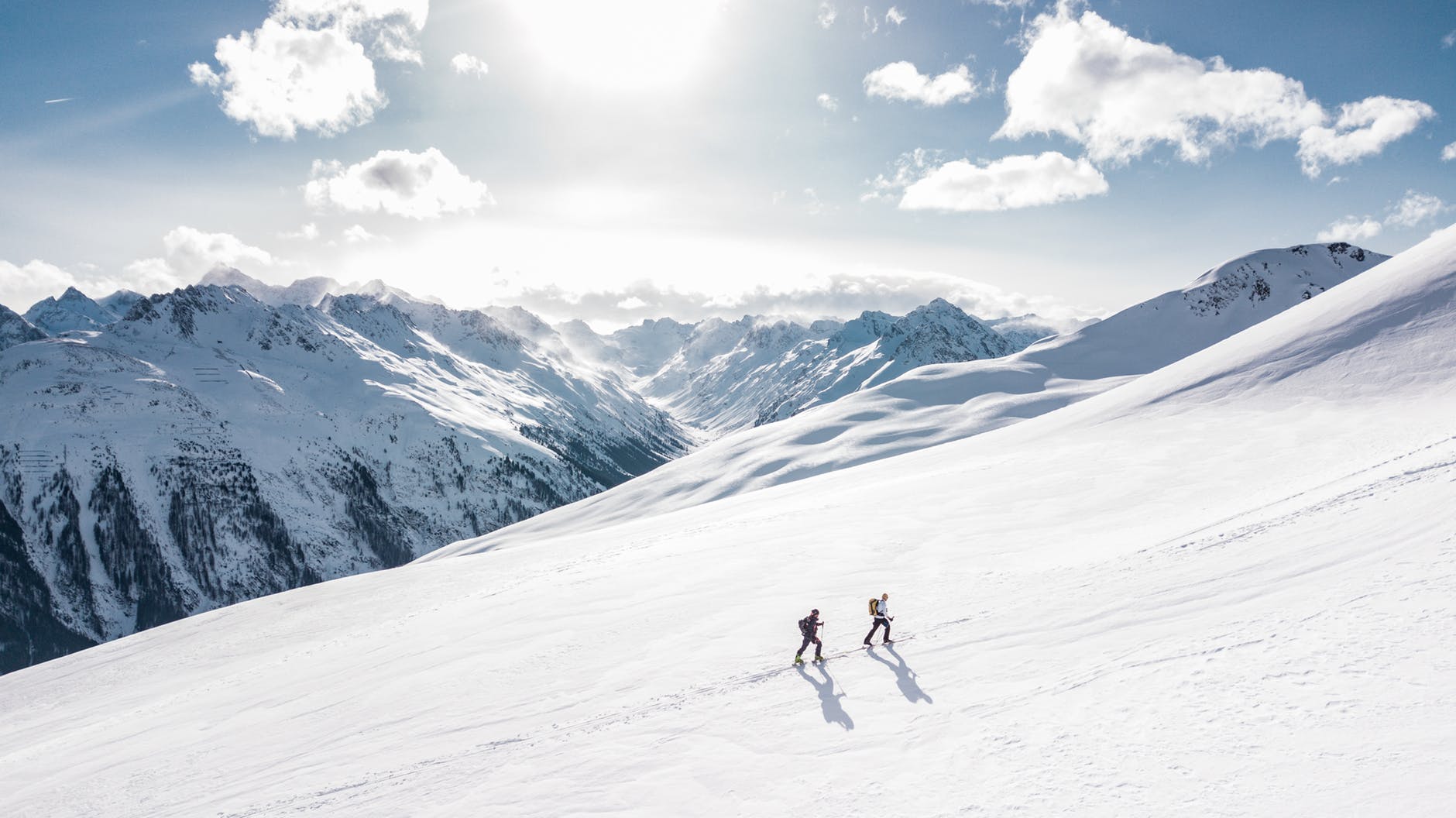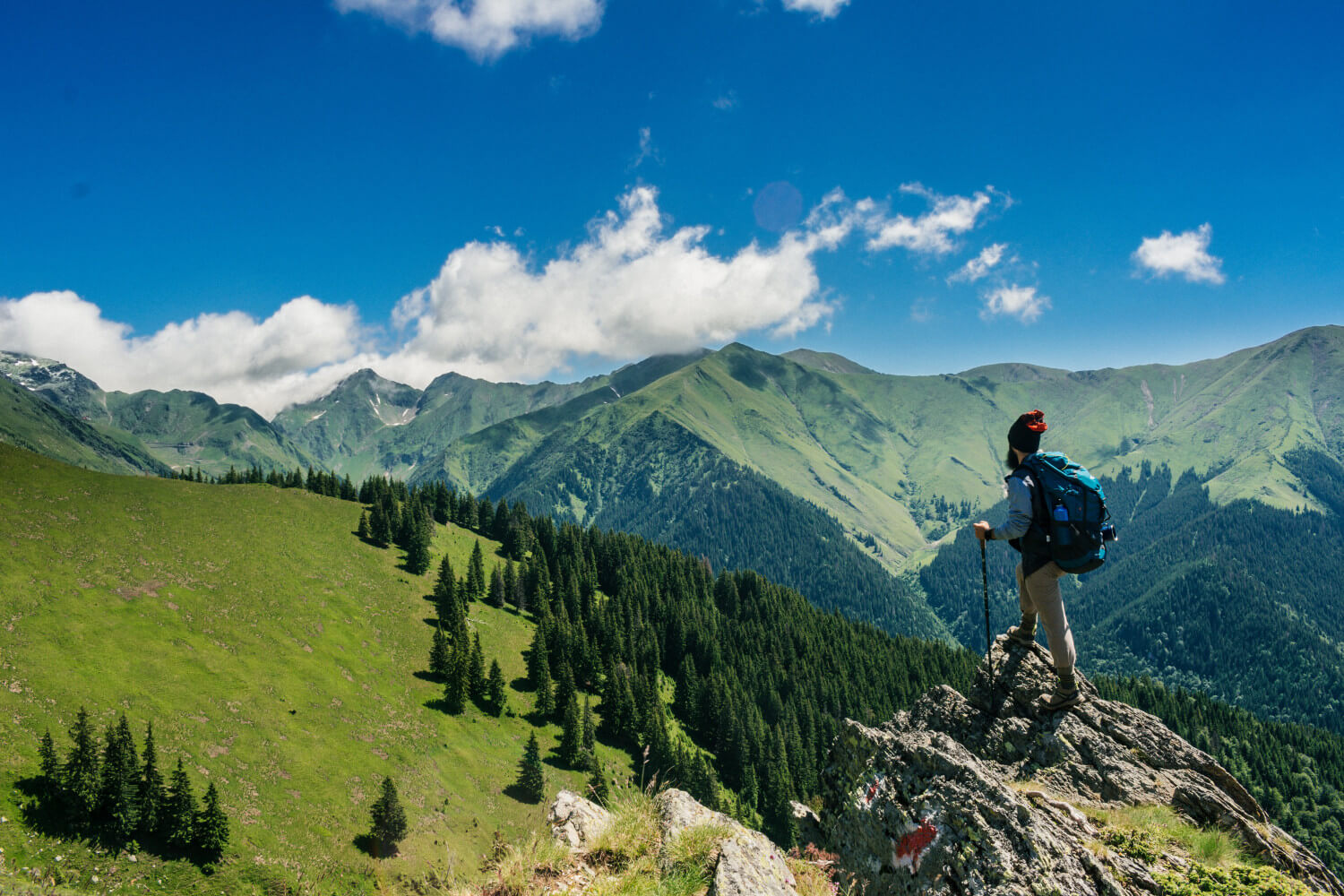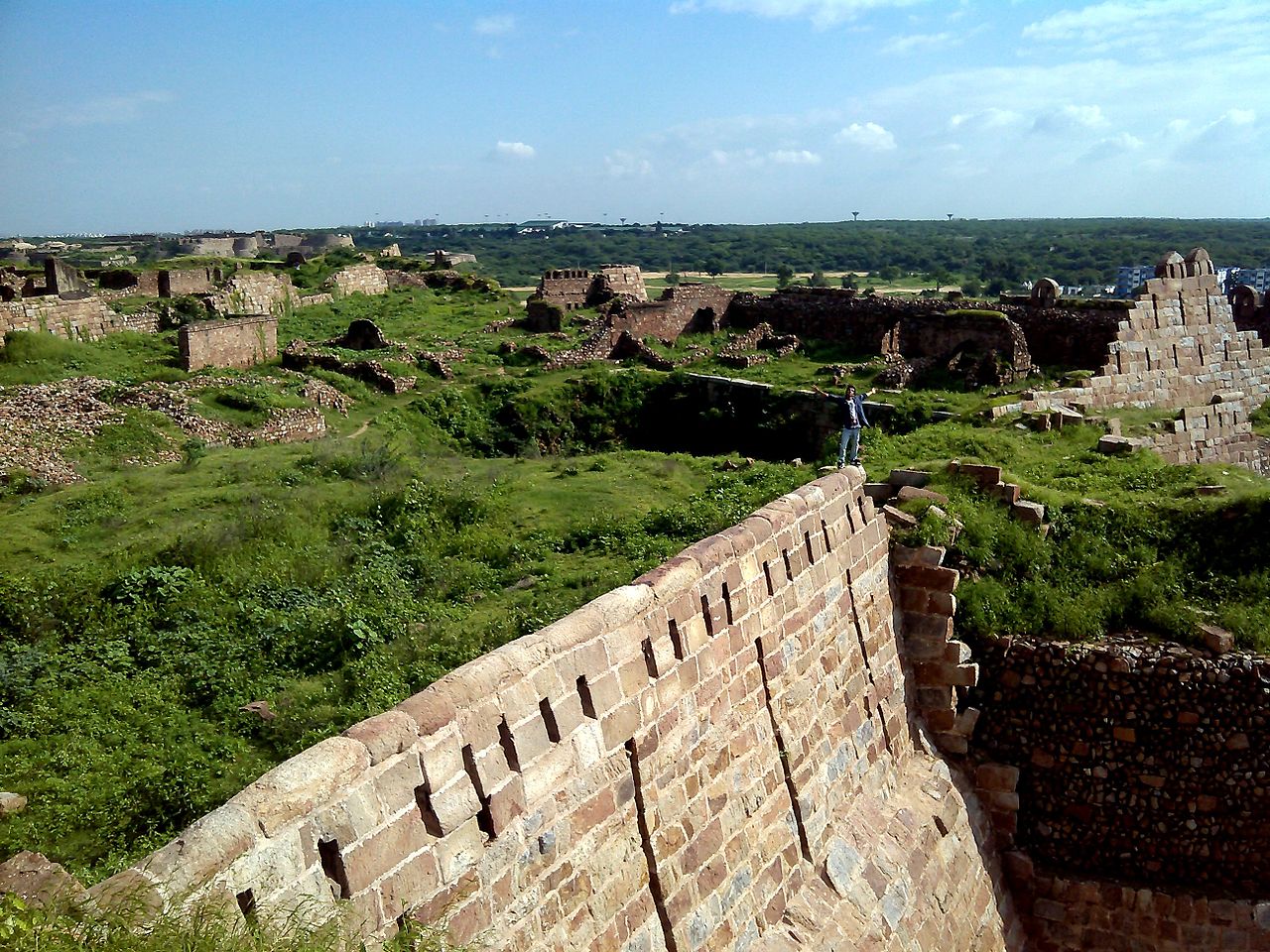Table of Contents
Overview
Island Peak (6,189 m) is an incredible mountain peak in the Everest region of Nepal. Also known as “Imja Tse”, this majestic peak is not a regular trekking peak. Climbers need a specific training regime that involves rope fixing and the use of ascenders to prepare for Island Peak climbing.
Climbing the Island Peak can turn quite difficult under heavy snow post-monsoon. There is a steep ice wall with a non-stop climb and with no resting section. Hence, these extreme weather changes can cause Island Peak Climbing difficulty level to increase. You need to acquire specific mountaineering skills for the steep climbing sections in the Island Peak.
Moreover, the climb of the Island peak requires ladder crossing, abseiling, and use of fixed ropes. You need to abseil down the headwall using a figure of 8 along the journey. The Island Peak expedition lasts around 12-16 hours based on the weather conditions. Hence, climbers should focus on strength and endurance in their training regime. The strenuous trek before and after the expedition also adds to the difficulty level.
Furthermore, the climbers should also train based on their fitness levels and climbing experience. Absolute beginners with no experience should train at least 4-5 months before the climb. So, you should practice with fixed ropes, Jumar ascender, and abseiling using a figure of 8. Read further for the detailed description on how to prepare for Island Peak Climbing.
Specific Training Tips for the Island Peak Climb
- You should train 5 days a week
- You should train at least 4-5 months before the climb
- You should train on an inclined treadmill
- You should train to specific heart rates within your endurance zone
- You should increase the weight you carry during the training
- You should train with a backpack of 5kg/11lbs
- You should maintain a strict, balanced diet
- You should perform a more extended endurance session once a week
- You should gradually increase your training time from 1-2 hours to 4 hours
- You should work on your calves, quads, and core strength
- You should always take a break that is a day or two off in a week
- You should perform some weight training activities after two months
Essential Tips on How to Prepare for Island Peak Climbing
1. Train Properly for the trek
Island Peak requires rigorous training which must include cardiovascular and aerobic exercises at least 4-5 months before the trek. You should also train with a backpack and perform core strength exercises in the calves, arms, and shoulders.
Furthermore, you should have a peak level of fitness to climb the Island Peak. The technical sections of the Island peak require you to use ladders, ascenders, and fixed ropes. Hence, training in these mountaineering activities is a must.
2. Acclimatize properly during the trek
Acclimatization is an essential part of any trekking and climbing expedition in the Himalayas. Some trekking itinerary also passes through the majestic Everest Base Camp before the ascent of Island Peak.
Moreover, this allows the climbers proper time to acclimatize and adapt their bodies to the high altitude conditions. Acclimatization helps you tackle altitude sickness with ease. You should not gain more than 600m in a day. Hence, acclimatization is an integral part of the Island Peak climbing.
3. Be proficient in abseiling and tying knots
Abseiling down is a skill that you must perfect before the climb as there is a technical headwall before the summit of the Island Peak. You should start the expedition only when you are comfortable abseiling and controlling the rope.
Besides that, you should also learn using a figure 8 device with ropes. You can practice abseiling from a height on a local rock climbing wall using a harness. Climbers should also know how to tie these knots. Island Peak climb requires you to learn these technical skills as well.
4. Always Hire a Professional Guide and Porter
You should hire a professional guide and a porter before the Island Peak climb. You can reduce the difficulty of the trek and climb significantly as the porter carries your heavy luggage. A Sherpa guide will help you with the climb and keep your safety as the main priority. You will not get discouraged along the trek and climb as they motivate you throughout the trek.
5. Avoid Winter and early spring season
The Island peak remains covered in thick snow in winters. Harsh, chilly winds with temperatures around (-40C) blow in the summit between December and Mid-February makes the ascend difficult.
Moreover, there might be some fresh snow in February and March which makes the Island Peak climbing difficult. The months of April to May and October to November are ideal for the climb.
6. Keep a positive attitude
You must keep yourself motivated and stay positive during the Island Peak climb. This factor will help you immensely during the successful ascent of the peak. You might have excellent fitness levels and stamina but if you don’t remain positive you will face difficulty during the climb. Your positive attitude matters the most during the climb of the majestic Island Peak.
7. Add extra days to the trip
You should add extra days to your itinerary to save yourself from any flight delays due to weather conditions. The flight from Kathmandu to Lukla is bound to delays and even cancellation. You could also ensure that you are properly acclimatized before making the ascent of the Island Peak.
8. Get the right mountain gear and equipment
The right gear and equipment is essential for the climb. You can buy or rent gears of your choice for the ascent. The climbing gears must be comfortable as they play a great part in your adventure. Mountaineering boots, figure 8 ascender, crampons, carabiner, ice ax, are some of the gear and equipment required for the Island Peak climb.
9. Stick to the plan
After arriving at the High Camp (5,600 m) in the mid-afternoon, you should start ascending to reach the summit before noon. You should do this to avoid harsh sun and winds in the summit in the afternoon. Besides that, you should also not stay in the High camp for long as there are no proper water resources. A proper rest before the climb is essential. You should always listen to your Sherpa guides during the ascent.
Basic Climbing Gear and Equipment
The Island Peak climbing requires basic climbing gear and equipment. Having the right gear is essential to cross the various technical sections of Island Peak. Some of the climbing equipments required are as follows:
- Fixed-line: You should get a fixed-line with ideal length, diameter, and fabric for steep hills and rocks.
- Mountaineering Boots: You should get High-insulated stiff boots with hard soles to cross the snowy terrains of the Himalayas.
- Mountaineering Helmets: A quality Mountaineering Helmet will protect you from head injuries. You should get a helmet that is hard on the outside and soft, and wrapped with foam in the inside.
- Crampons: You should get stainless crampons that fit perfectly with climbing boots.
- Carabiners: You should get 2 lock gates and 2 straight gate carabiners.
- Climbing Harness: Adjustable climbing harness that fits over any clothing is ideal.
- Ascenders (Jumar): A strong, lightweight hand ascender with an aluminum frame and rubber handle is ideal.
- Figure 8 Belay Device: A Figure 8 Belay Device ensures smooth abseiling by looping the rope inside the hole of the belay device.
- Ice Axe: You should get the ax with strong picks and adze with a steelhead.
Mountaineering Tent: A mountaineering backpacking tent will keep you safe during your expedition.




